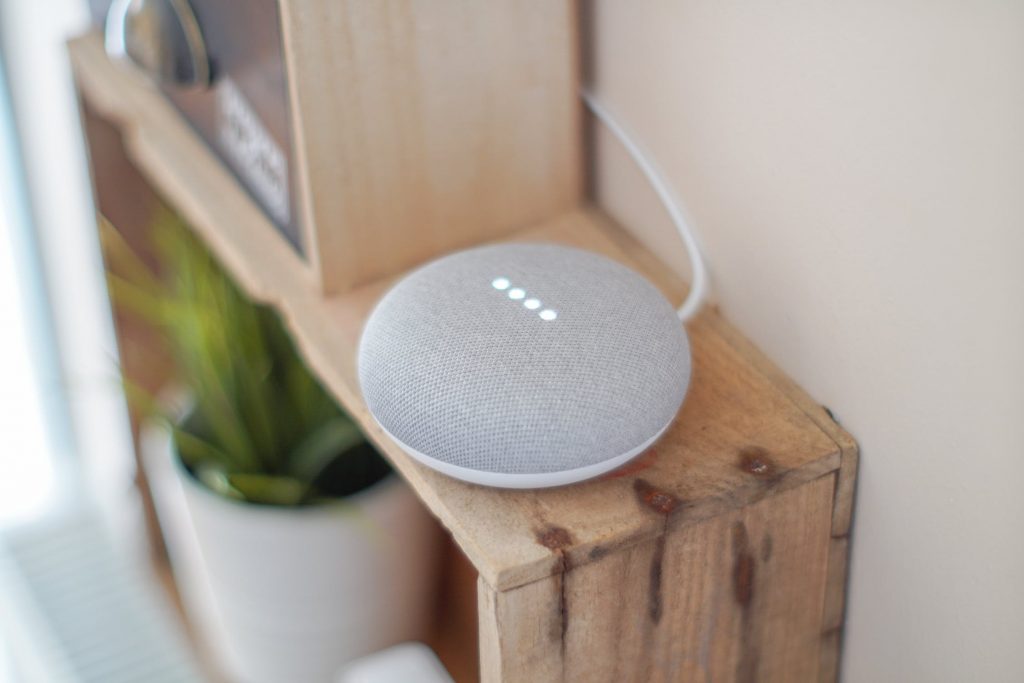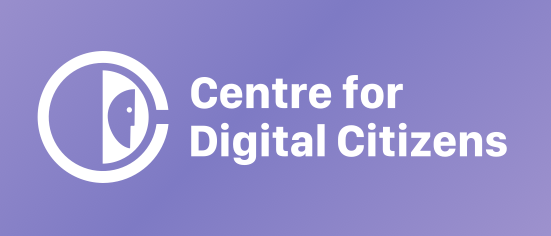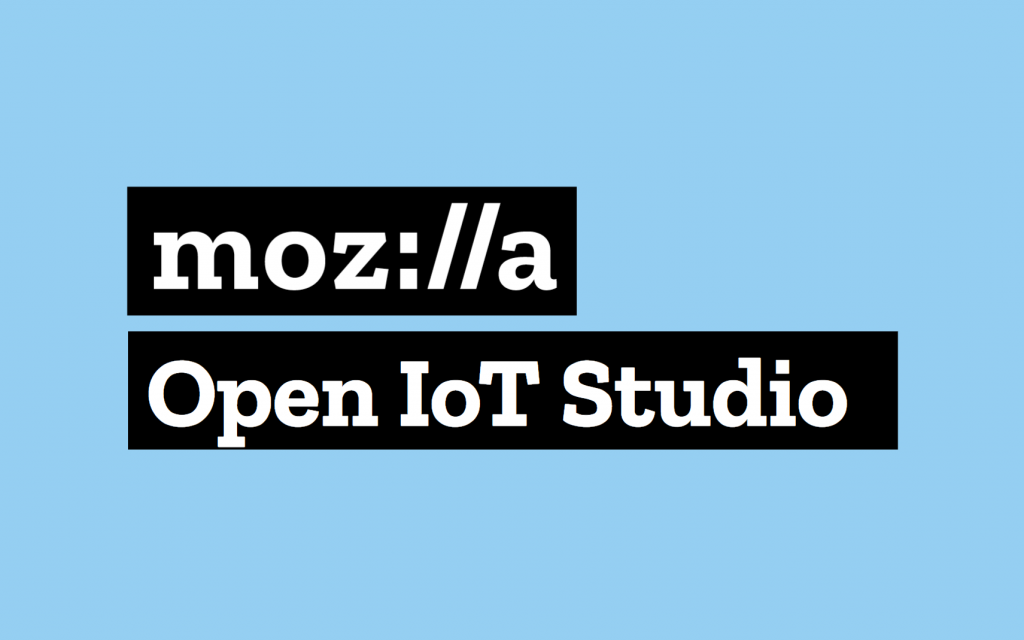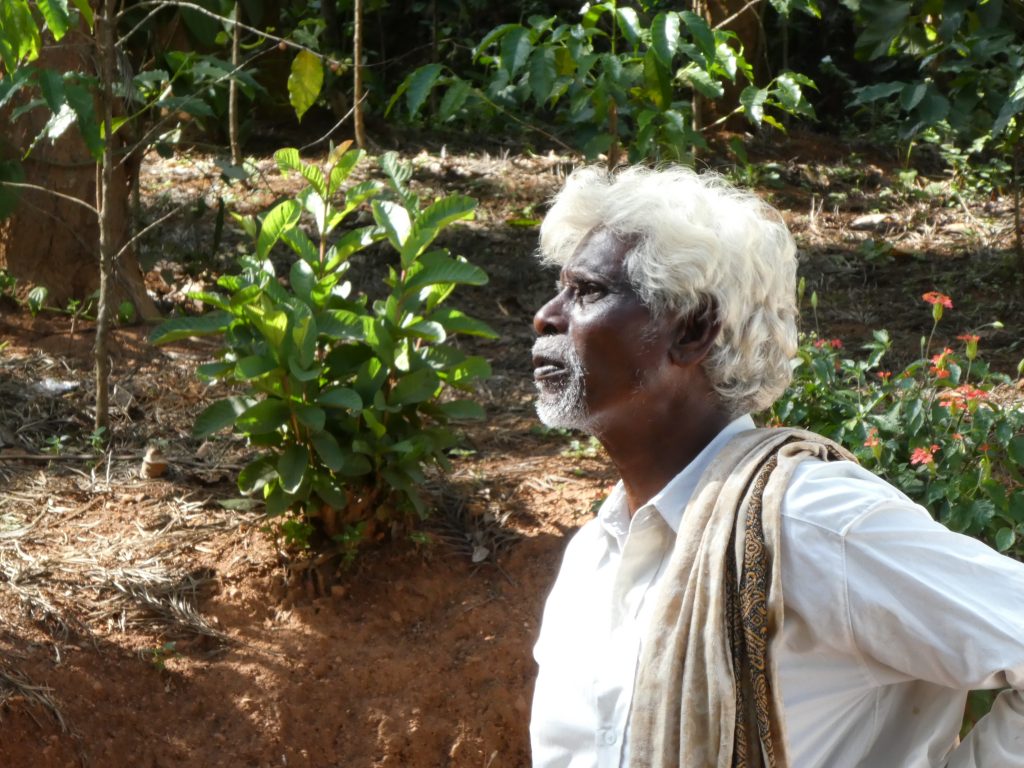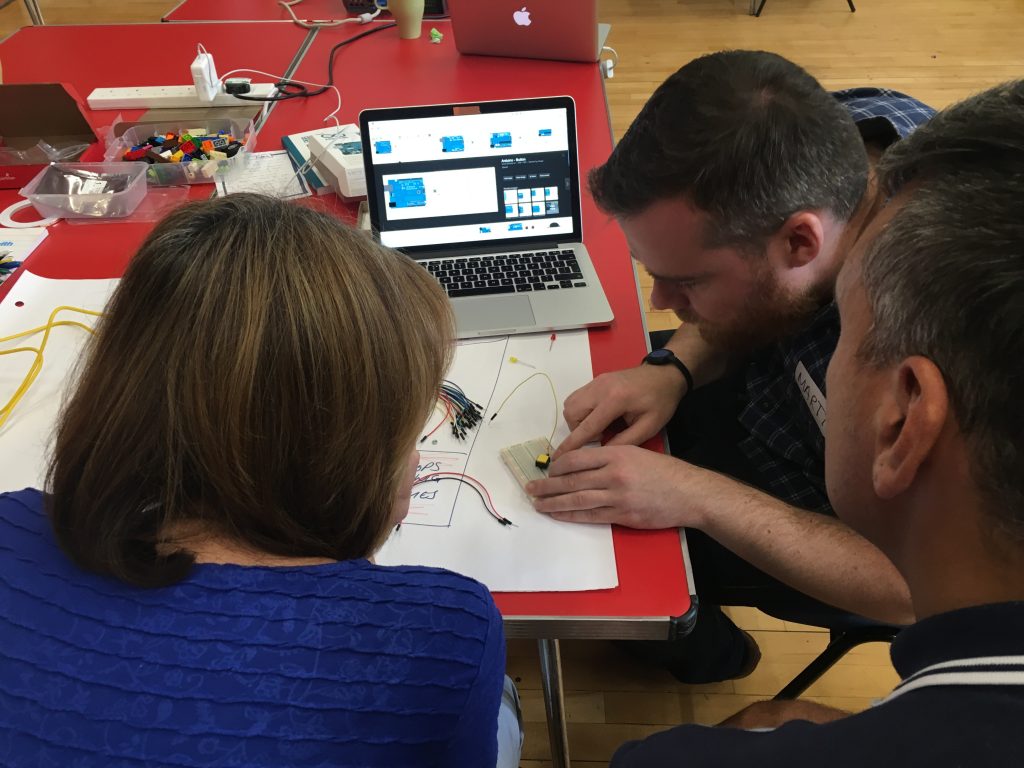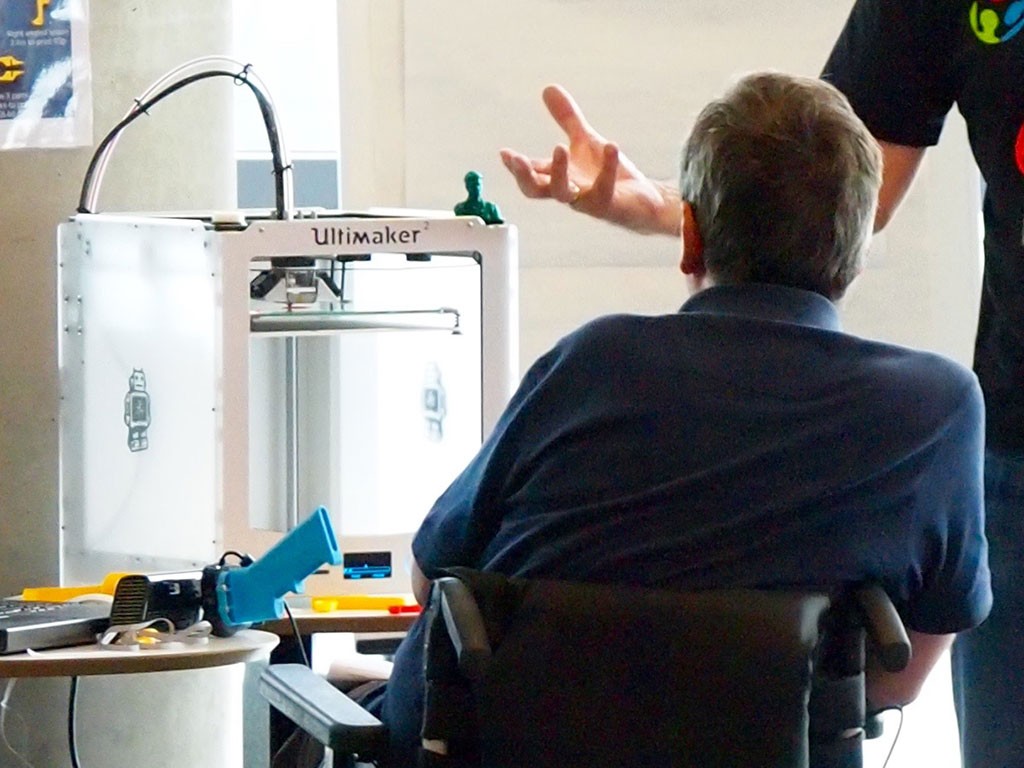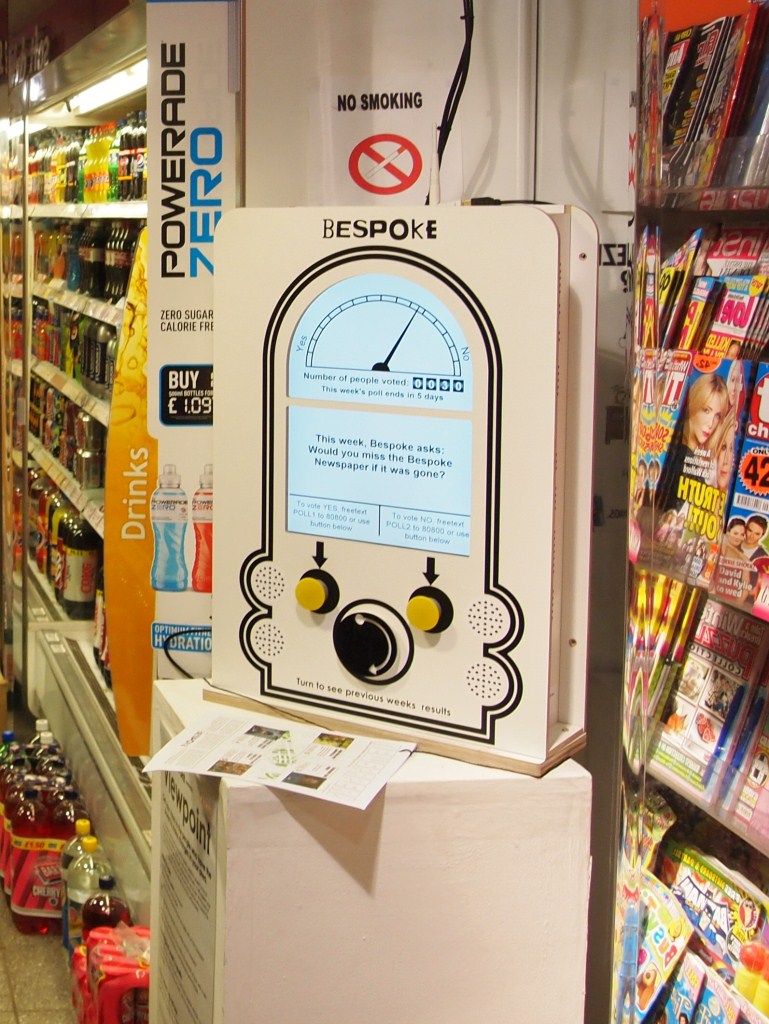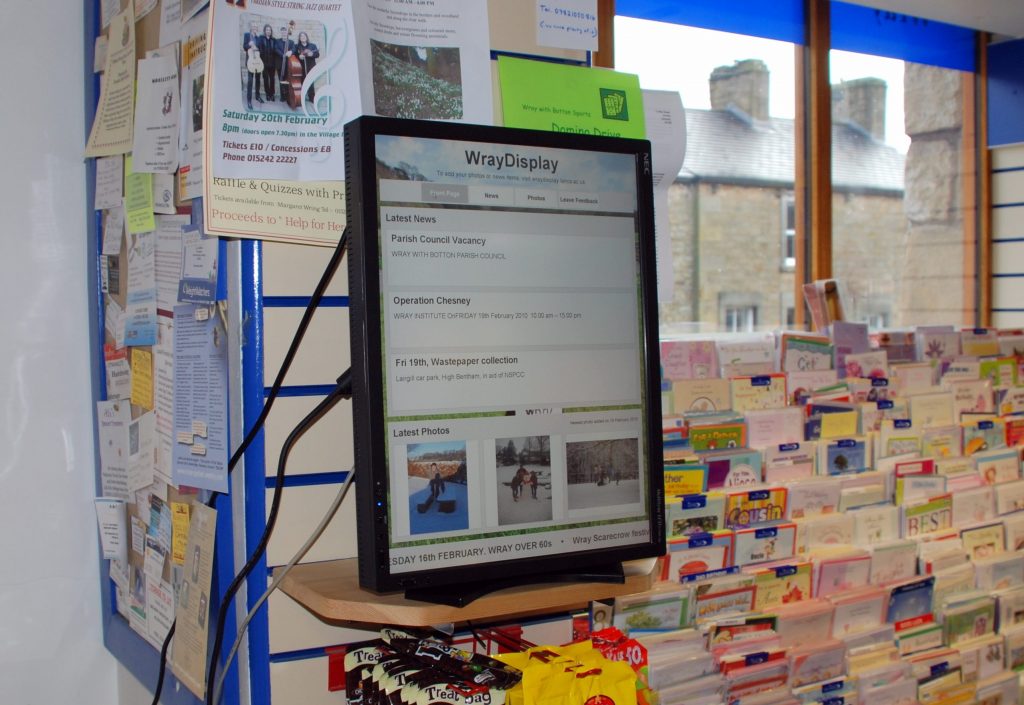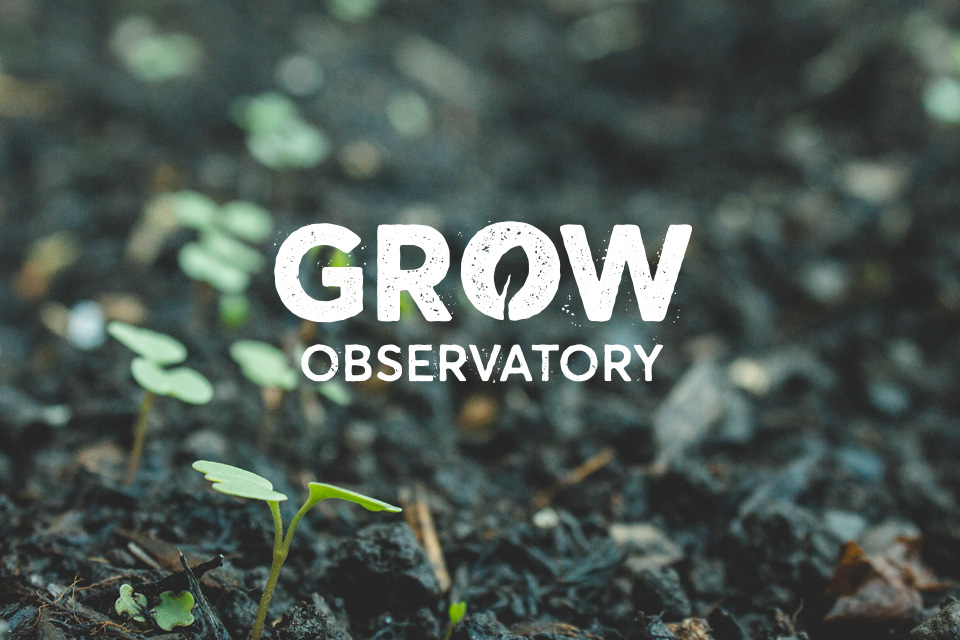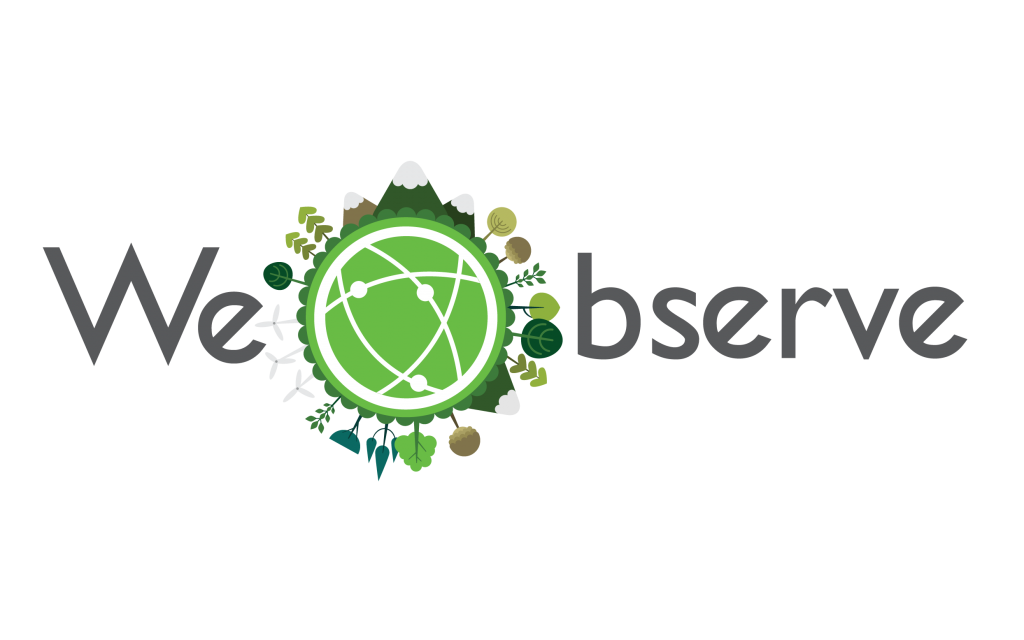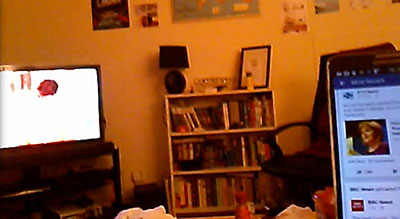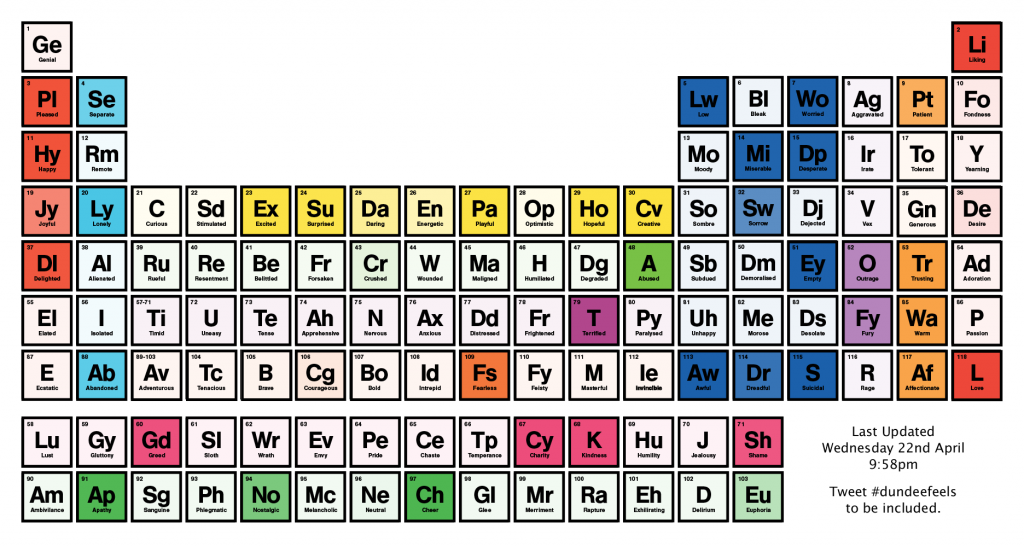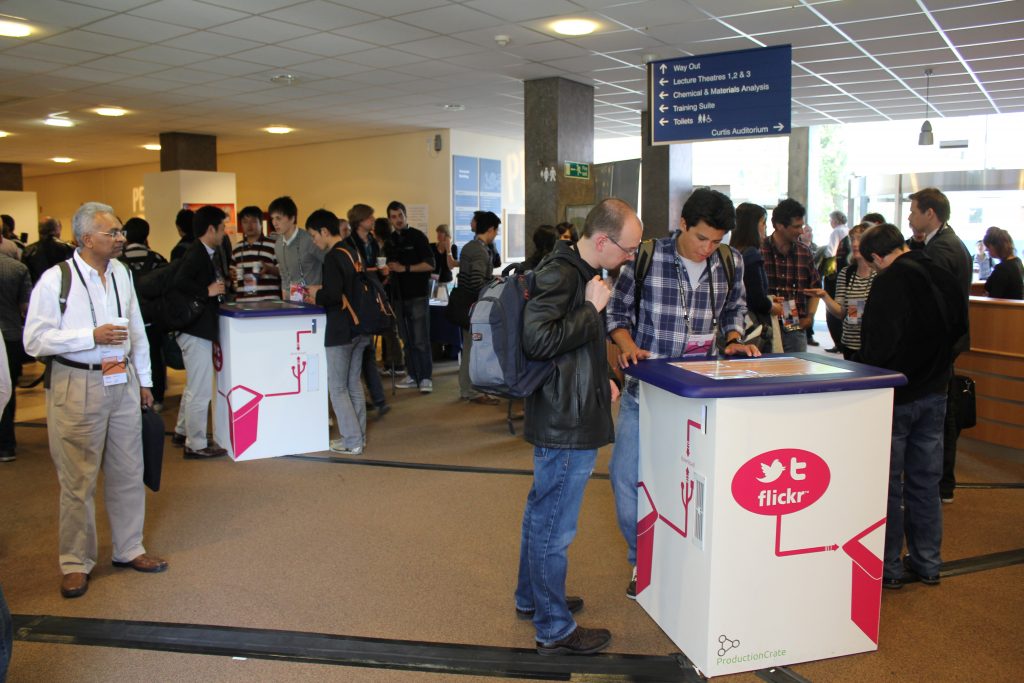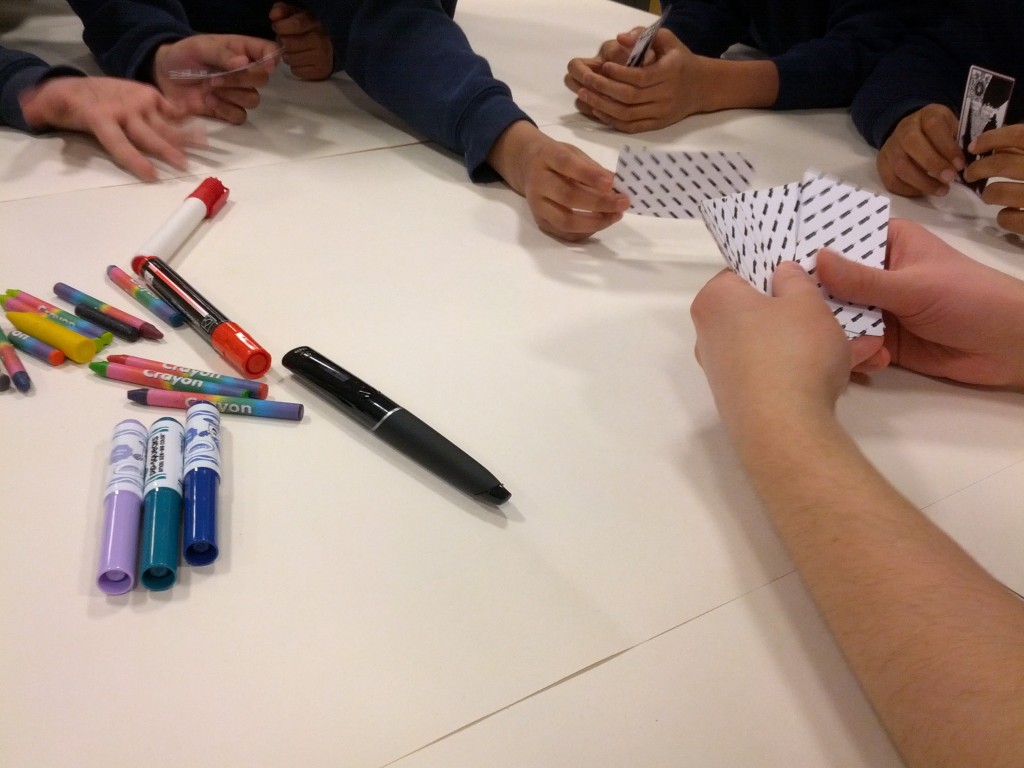My primary research interest is in the design of technology to support communities and civic engagement. Within this topic, I am interested in the use of participatory methods and ‘in the wild’ deployments, in the applications of DIY and making, citizen science, Internet of Things and ubiquitous computing, and in urban and public spaces as sites for interventions. Underpinning all of this research is a desire to empower citizens to have a positive impact on their environment.
Current Projects
The Reappearing Computer (REAPPEAR)
As computers have ‘disappeared’ into common objects like speakers and doorbells, REAPPEAR asks how we might cause the computer to ‘reappear’. The project will work with end-users and industry to understand the anxieties caused by the hidden activities of consumer devices and demonstrate new design patterns for more trusted products.
Centre for Digital Citizens
The Centre for Digital Citizens (CDC) addresses the emerging challenges of digital citizenship. The CDC will take an inclusive, participatory approach to the design and evaluation of new technologies and services that support ‘smart’, ‘data-rich’ living in urban, rural and coastal communities. Core to the Centre’s work will be the incubation of sustainable Digital Social Innovations that support diverse communities and have long-lasting social value and impact beyond the life of the Centre.
Internet of Things

OpenDoTT (Open Design of Trusted Things)
OpenDoTT was a Marie Skłodowska-Curie PhD programme from the University of Dundee, Northumbria University and Mozilla to explore how to build a more open, secure, and trustworthy Internet of Things. This program trained technologists, designers, and researchers to create and advocate for better, healthier and more people-centred connected products.
Open IoT Studio
The Open IoT Studio’s aim was to advance internet health in emerging technologies through research and advocacy. Established as a partnership with the Mozilla Foundation and the University of Dundee, the studio delivered an ambitious and successful program of activity and communicated this around the world.
Decentralising India’s Digital Futures
Decentralising India’s Digital Futures explored how we can harness powerful developments in emerging technologies such as the Internet of Things, the voice enabled Internet, machine learning and artificial intelligence to support disempowered rural communities in India.
DIY and Maker Culture
Ardler Inventors (Hacking for Situated Civic Engagement)
Ardler Inventors explored the use of hackathons as a method of designing civic technologies. The project brought together members of the public with technology enthusiasts to address local issues and explore how we can create a sustainable culture of local innovation.
In the Making
In the Making explored how disabled people can utilise critical making for both economic benefit and personal wellbeing. The project explored current makerspace usage and barriers to uptake and ran a series of workshops with disabled people to explore the potential in this area.
Communities and Digital Civics
Viewpoint
Viewpoint explored how simple physical interfaces in public places might help to lower the barriers to participating in local democracy by allowing people to respond to questions as they go about their daily business. Viewpoint was originally developed as part of the Bespoke project, and further developed for deployment in Newcastle to support consultation around urban planning.
Community Displays in Wray
My PhD research explored the use of public situated displays to support communities by making community-centred content visible in public spaces. Over a four year period, we developed a series of prototype displays with residents in Wray, starting with a simple display for sharing photos and evolving into a digital noticeboard for sharing local content ranging from historical photos to upcoming events.
Bespoke
The Bespoke project explored how citizen journalism could be used as part of a design process for creating highly customised digital interventions for a specific community. The project worked with the Callon and Fishwick areas of Preston over a period of two years, where several unique technologies were developed and trialled.
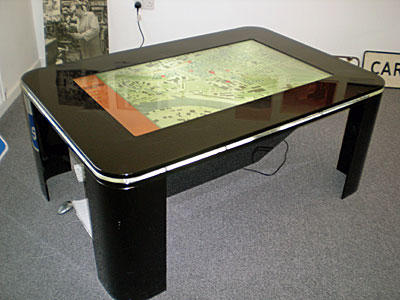
Byker Lives
The Byker Lives Table was build in collaboration with Northern Architecture as part of a project aiming to celebrate the unique history of the Byker estate in Newcastle. Installed as part of an exhibition space on the estate, the table was designed to allow residents to define what they saw as the important and defining characteristics of the estate’s history, by bringing their own photos, videos and audio content to pin onto the map.
Citizen Science
GROW Observatory
The GROW Observatory was a platform and community for large scale citizen science that aims to empower growers with knowledge on sustainable practices and make a vital contribution to global environmental monitoring.
WeObserve
WeObserve aimed to improve the coordination between existing Citizens’ Observatories to create a sustainable ecosystem that can tackle the challenges of awareness, acceptability and sustainability and help to move citizen science into the mainstream.
Other Projects
Second Screens for Engagement with Political Discourse
As smartphones and tablets become pervasive, people are increasingly using them to access additional content while watching television. This is especially true of political programming, where Question Time and election debates are becoming social media events. This project explored current use of second screens and developed novel interfaces for engaging with political discourse.
Sagacity
Sagacity was a visualisation designed to prompt reflection on the mental wellbeing of a city. Based around a Periodic Table of Emotions, Sagacity scans Twitter for words relating to emotion in the local area and illuminates the relevant emotion, which then fades out over time, creating a constantly shifting map of the city’s mood.
Augmented Conferences
During DIS 2012 and Pervasive 2012 in Newcastle, we evaluated a suite of prototypes designed to augmented the conference experience, including interactive tables and public displays, each showing an array of content creating both before and during the conference. We explored how this affected the experience of attending a conference and what this means for future conference technologies.
The Department of Hidden Stories
This project explored how children could be engaged with creative writing and with books in libraries using a mobile app. The Department of Hidden Stories game prompted children to create a story using a character and a series of fortunate and unfortunate events. Fragments of this story would be ‘hidden’ inside books around the library, which could be discovered by other players.
Creative Exchange
The Creative Exchange explored the broad theme of public digital space: the idea that “anyone, anywhere, anytime can access, explore and create with digital content”. The project worked with academic, creative and commercial partners to build and investigate technologies that explore this space as a means of supporting knowledge exchange between academics and creative industries.
BinCam
BinCam was designed to explore how social networks could influence behaviour, specifically in relation to food waste and recycling. Cameras installed in kitchen bins took a photo each time the lid was closed, which were then uploaded to a Facebook app. This second phase of the project aimed to investigate how users could be better engaged with the app, using characters, challenges and achievements.
